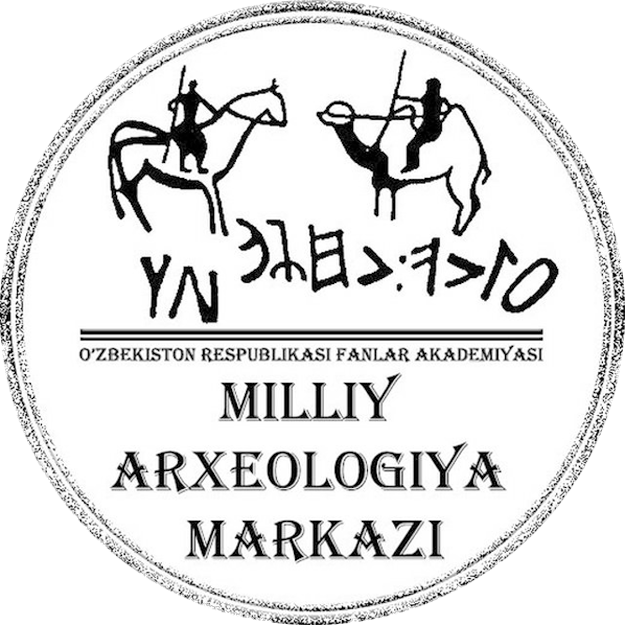Unique finds from the Samanid and Karakhanid periods were found in Akhangaran!
A group of archaeologists (B. Isabekov, I. Dzhurakulov, U. Ismailov) under the leadership of academician Akhmadali Askarov has been excavating the Tunkat monument, located 12 km northeast of the city of Almalyk, in the Akhangaran district of the Tashkent region, since the summer of this year.
The archaeological study began with the excavation of a relatively high hill in the northern part of the Tunkat site. Initially, excavations were carried out on an area of 12x12. Later, the space of the open structure was expanded to match the walls.
During the research, more than 10 medieval rooms, more than 200 fragments of glazed and unglazed pottery, about 20 coins, about 10 lanterns, many fragments of glass vessels, metal objects and the remains of molten metal slag (slag) were discovered. Scientists date such vessels and other material objects to the 9th-11th centuries. During this period, the territory of Tunkata was ruled by the Samanid and Karakhanid dynasties.
Among the coins you can find Chach coins from the 7th-8th centuries. to the coins of the Karakhanid dynasty, the beginning of the 11th century.
On some coins of Chach you can also find the queen next to the ruler (khvatun, khatun). Together with the anthropomorphic depiction of our ancestors who lived in the 7th-8th centuries, the coins show that the position of women in the administrative sphere was significant. This helps us understand that women and men in our country have had equal rights since ancient times. Among the surviving coins you can find coins with the names of Yahya ibn Ahmad, Nasr ibn Ahmad, Nasr ibn Ali from the Karakhanid dynasty and other rulers.
During the excavations, it turned out that the main entrance to the structure, built as a complex of many rooms, was located on the eastern side. He walked through the door, up the stairs, into the corridor and out into the rooms. Mud brick and straw were widely used in the construction of the building.
You can see burnt bricks from the Samanid period, which were used for various purposes. In most rooms, the bricks on the four side walls are in four different styles. For example, the bricks of the western wall of the central room, relatively large in size, were sawn in a horizontal position, one row inclined to the right, and the other row of bricks above it inclined to the left. We see that the bricks gave the room a unique decoration. This style of construction is also seen in other rooms and means that this was the traditional form for the ancient Turks.
Archaeological research is currently ongoing in Tunkata.






